
10% Off
10% Off Storewide at Aputure
APMAESTRO10
Added 1 minute ago
|

$200 Off
$200 Off Book 4 Nights at Expedia
200OFF
Added 1 minute ago
|

10% Off
10% Off Select Items at LeetCode
5OFF
Added 4 minutes ago
|

1% Off
1% Off Storewide at Pit Viper
DISCOUNT420
Added 4 minutes ago
|
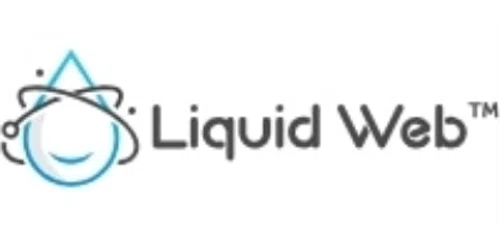
50% Off
50% Off Storewide at Liquid Web
50OFF2356
Added 7 minutes ago
|
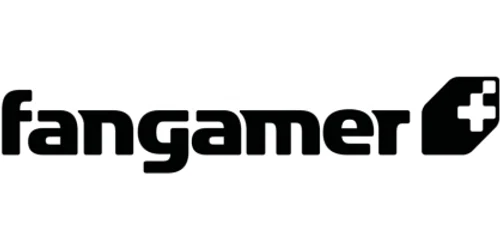
15% Off
15% Off Storewide at Fangamer
SONY15
Added 8 minutes ago
|

Deal
Free Shipping On Storewide at Bearaby
GROWINGJOY
Added 9 minutes ago
|
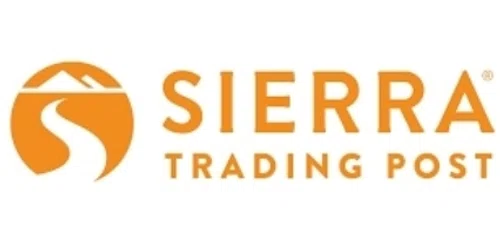
Deal
Free Shipping Storewide (Minimum Order: $89) at Sierra Trading Post
SHIP89
Added 9 minutes ago
|

15% Off
15% Off Student License at Cleverbridge
SAVE15
Added 12 minutes ago
|

40% Off
40% Off Storewide (Te Manda Al Codigo Y El Codigo Esta Abajo Tomar Capture Y Validar) at L...
LIFETOUCH40
Added 18 minutes ago
|

20% Off
20% Off Select Items at Mugler
WELCOME
Added 21 minutes ago
|

10% Off
10% Off Select Items at Black Forest
SAVE10
Added 31 minutes ago
|

50% Off
50% Off Storewide at Lola Blankets
KANSAS50
Added 33 minutes ago
|

10% Off
10% Off Storewide (Minimum Order: $9) at Danzia
DANZIA10
Added 38 minutes ago
|

5% Off
5% Off Storewide at Hauslane
NEWHOOD
Added 44 minutes ago
|
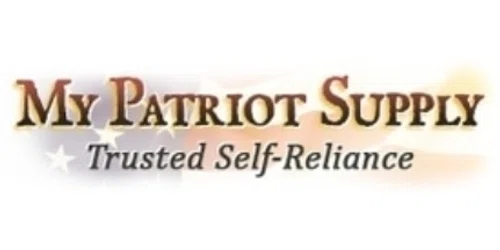
Deal
Save On Select Catgories at My Patriot Supply
MIL-533A76E18
Added 51 minutes ago
|

5% Off
5% Off Storewide at MMOGA
SP3DDBOY
Added 51 minutes ago
|
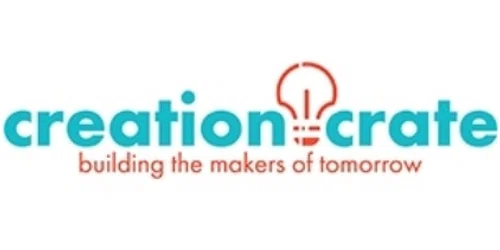
10% Off
10% Off Storewide at Creation Crate
VAL24
Added 52 minutes ago
|

70% Off
70% Off Storewide at Giordano
SUPERSALE
Added 56 minutes ago
|

Deal
Free Gift - Discount When You Sign Up (Code Applied In The Box) at Verizon Fios
RFINDCKATJTA26DG
Added 57 minutes ago
|

10% Off
10% Off Select Items (Coloca Otro Codigo Para Que Veas La Diferencia) at Zales Outlet
ZALESCA10
Added 1 hour ago
|

10% Off
10% Off Select Catgories (Minimum Order: $40) New Customers Only at LINE FRIENDS
FIRSTORDER10
Added 1 hour ago
|
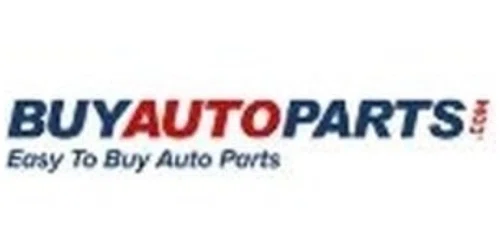
$10 Off
$10 Off Storewide (Minimum Order: $100) at Buy Auto Parts
B49K1X
Added 1 hour ago
|

$5 Off
$5 Off Storewide at Pool Supply 4 Less
5OFF100
Added 1 hour ago
|

Deal
Enjoy 2nd Week Free Storewide at FlexShopper.com
SUPER20
Added 1 hour ago
|

Deal
Free Personalization Suitcases at Away Travel
CLAYPINK
Added 1 hour ago
|
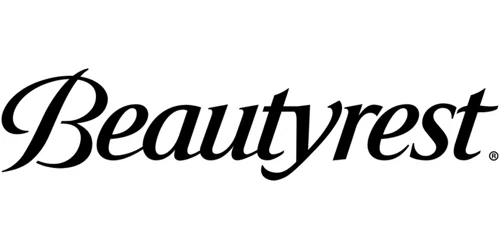
Deal
Save 50 On 2 Nate Berkus Down Pillows Select Items at Beautyrest
BERKUS50
Added 1 hour ago
|

10% Off
10% Off Storewide at Contour Design
SIMPLY10
Added 1 hour ago
|
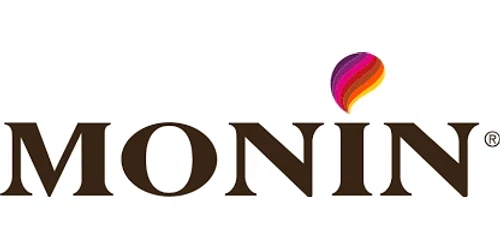
15% Off
15% Off Storewide at Monin
MAISON
Added 2 hours ago
|
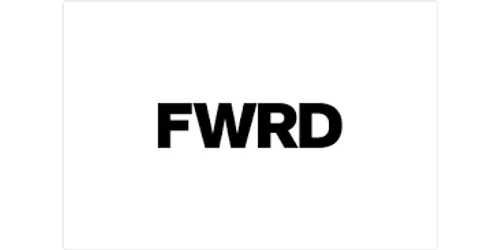
10% Off
10% Off Storewide (No Restrictions) at FWRD
FWRD10
Added 2 hours ago
|
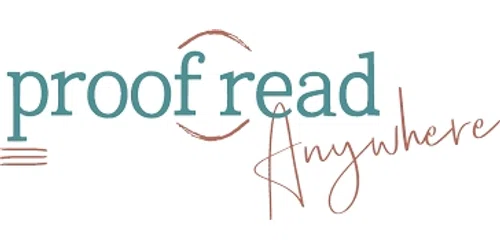
20% Off
20% Off Select Items (The Contract Shop Only) at Proofread Anywhere
PROOFREADANY20
Added 2 hours ago
|

10% Off
10% Off Storewide at Linen Handmade Studio
LINENLOVE
Added 2 hours ago
|

15% Off
15% Off Storewide at Elegant Eternity
ETERNITY
Added 2 hours ago
|

Deal
Free Gift Select Items at SKIMS
CXSK-TY366K
Added 2 hours ago
|
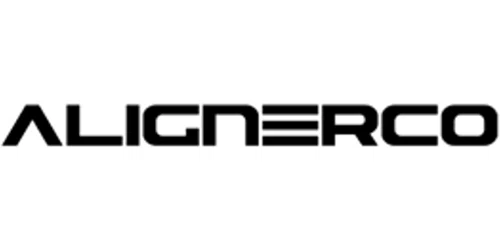
5% Off
5% Off Your Purchase at AlignerCo
SAVECART
Added 2 hours ago
|

10% Off
10% Off Storewide at OptiContacts.com
REORDER10
Added 2 hours ago
|

10% Off
10% Off Select Items at Burst Oral Care
SAVE10
Added 2 hours ago
|
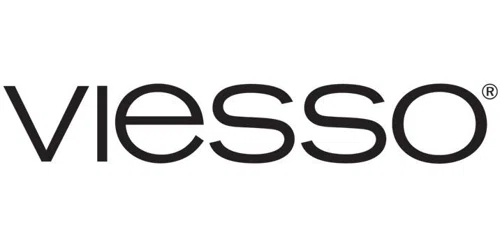
15% Off
15% Off Select Items at Viesso
POINT15
Added 2 hours ago
|

20% Off
20% Off Select Catgories at Qatar Airways
INTER
Added 2 hours ago
|

10% Off
10% Off British Airways Flights at British Airways
CARDOFFERC
Added 2 hours ago
|
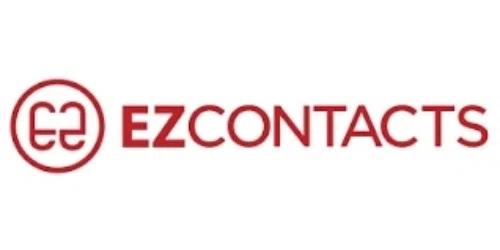
7% Off
7% Off Storewide at EzContacts
WELCOME10
Added 2 hours ago
|
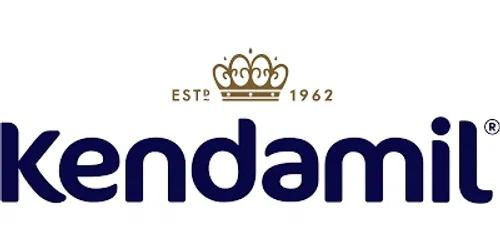
Deal
Free Shipping On Storewide at Kendamil
FREESHIP
Added 2 hours ago
|
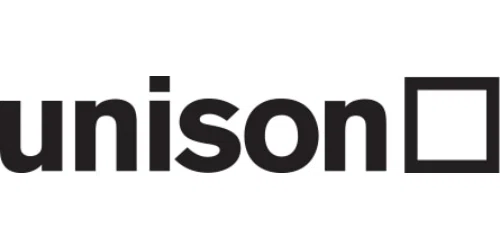
20% Off
20% Off (Storewide) at Unison
SUMMERSALE
Added 2 hours ago
|

30% Off
30% Off Storewide at National Camera Exchange
CWS30ORN
Added 2 hours ago
|

5% Off
5% Off Storewide (Minimum Order: $100) at Flatspot
FLAT5
Added 2 hours ago
|

10% Off
10% Off Storewide at Magic Murals
WELCOME10
Added 2 hours ago
|
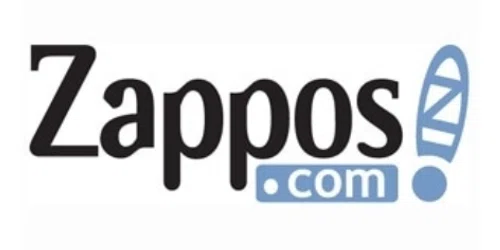
40% Off
40% Off Select Items (Members Only) at Zappos
40FORYOU
Added 3 hours ago
|

Deal
Buy 2 Get 30% Off Select Items at Jollynova
BLACK30
Added 3 hours ago
|

$5 Off
$5 Off Storewide (Members Only) at Things Remembered
TRSMS525
Added 3 hours ago
|

10% Off
10% Off Select Items at Musician's Friend
PRTHANKS10
Added 3 hours ago
|

10% Off
10% Off Flamenco Linen Set With Pants In Green (Minimum Order: $300) at Sleeper
ILOVESLEEPER
Added 3 hours ago
|
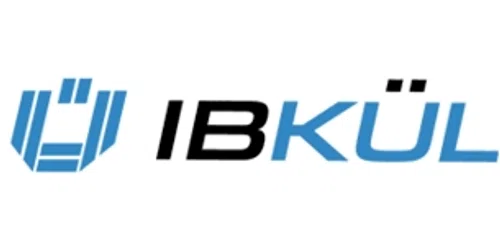
20% Off
20% Off Tops (Minimum Order: $40) at IBKUL
ANN20
Added 3 hours ago
|

$5 Off
$5 Off Select Items at Raad Shop
MAYOFFER5
Added 3 hours ago
|

10% Off
10% Off Storewide at Made In Washington
HELLO10245
Added 3 hours ago
|

5% Off
5% Off Storewide at We Sell Mats
TWITTERMATS5
Added 3 hours ago
|

15% Off
15% Off Rosyross Model at LiveJasmin
ROSE15
Added 3 hours ago
|
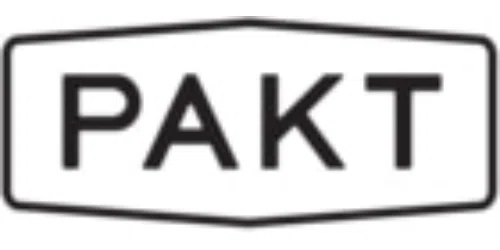
15% Off
15% Off Storewide at Pakt
APPRECIATEYA15
Added 3 hours ago
|

20% Off
20% Off Storewide at Moschino
SPRING20
Added 3 hours ago
|

$100 Off
$100 Off Personal Training Membership at FORME Life
FIRSTMONTH
Added 3 hours ago
|

40% Off
40% Off Complete Coder Annual Subscription (Promotion For Memorial Day) at AAPC
CODIFY40
Added 3 hours ago
|

5% Off
5% Off Storewide (Minimum Order: $50) at Gift Express
9TWS84
Added 4 hours ago
|

5% Off
5% Off Storewide at City Wonders
WELM0CW
Added 4 hours ago
|

5% Off
5% Off Storewide at Domi Outdoor Living
AFF5OFF
Added 4 hours ago
|

50% Off
50% Off Storewide (Must Order 1 Item With Code) at Adam & Eve
MILITARY
Added 4 hours ago
|

60% Off
60% Off Mindmanager Professional Annual Plan at MindManager
9HMA
Added 4 hours ago
|

$250 Off
$250 Off Exclusive Nonstop Flights (Click On View More ) at Secrets Resorts & Spas
250COLLECTION2024
Added 4 hours ago
|

10% Off
10% Off Select Items at Cavenders
CINCO24
Added 4 hours ago
|

15% Off
15% Off Select Items at Rhode
MEGAN15
Added 4 hours ago
|

20% Off
20% Off Storewide at White Horse Vapor
AGAIN20OFF
Added 4 hours ago
|

70% Off
70% Off Premium Yearly Subscription at Blinkist
KEEPLEARNING_AFFILIATE_FLASHSALE24_70
Added 4 hours ago
|
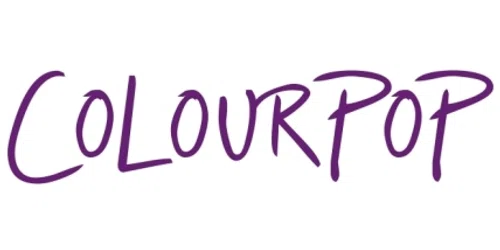
20% Off
20% Off Select Items (Minimum Order: $60) at ColourPop Cosmetics
20OFF60
Added 4 hours ago
|
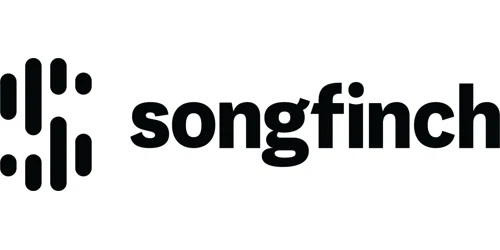
$30 Off
$30 Off On Your Song at Songfinch
SONG30
Added 4 hours ago
|

15% Off
15% Off Storewide at EOTech
HATSOFF
Added 4 hours ago
|
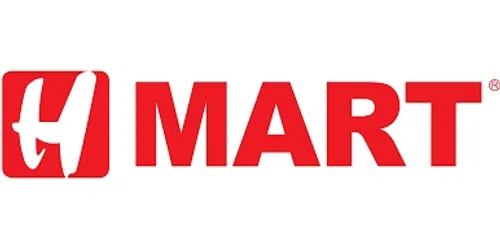
10% Off
10% Off Storewide at Hmart
HAPPYHMART10
Added 4 hours ago
|

Deal
Free Gift Earn Up To 500 When You Sign Up at T-Mobile
3DBBYBGGG
Added 4 hours ago
|

15% Off
15% Off Home Delivery (Must Order Minimum Quantity: 3 Items) at The Peach Truck
SAVE15
Added 5 hours ago
|

10% Off
10% Off Storewide at Aputure
APMAESTRO10
Added 1 minute ago
|

$200 Off
$200 Off Book 4 Nights at Expedia
200OFF
Added 1 minute ago
|

10% Off
10% Off Select Items at LeetCode
5OFF
Added 4 minutes ago
|

1% Off
1% Off Storewide at Pit Viper
DISCOUNT420
Added 4 minutes ago
|

50% Off
50% Off Storewide at Liquid Web
50OFF2356
Added 7 minutes ago
|

15% Off
15% Off Storewide at Fangamer
SONY15
Added 8 minutes ago
|

Deal
Free Shipping On Storewide at Bearaby
GROWINGJOY
Added 9 minutes ago
|

Deal
Free Shipping Storewide (Minimum Order: $89) at Sierra Trading Post
SHIP89
Added 9 minutes ago
|

15% Off
15% Off Student License at Cleverbridge
SAVE15
Added 12 minutes ago
|

40% Off
40% Off Storewide (Te Manda Al Codigo Y El Codigo Esta Abajo Tomar Capture Y Validar) at L...
LIFETOUCH40
Added 18 minutes ago
|

20% Off
20% Off Select Items at Mugler
WELCOME
Added 21 minutes ago
|

10% Off
10% Off Select Items at Black Forest
SAVE10
Added 31 minutes ago
|

50% Off
50% Off Storewide at Lola Blankets
KANSAS50
Added 33 minutes ago
|

10% Off
10% Off Storewide (Minimum Order: $9) at Danzia
DANZIA10
Added 38 minutes ago
|

5% Off
5% Off Storewide at Hauslane
NEWHOOD
Added 44 minutes ago
|

Deal
Save On Select Catgories at My Patriot Supply
MIL-533A76E18
Added 51 minutes ago
|

5% Off
5% Off Storewide at MMOGA
SP3DDBOY
Added 51 minutes ago
|

10% Off
10% Off Storewide at Creation Crate
VAL24
Added 52 minutes ago
|

70% Off
70% Off Storewide at Giordano
SUPERSALE
Added 56 minutes ago
|

Deal
Free Gift - Discount When You Sign Up (Code Applied In The Box) at Verizon Fios
RFINDCKATJTA26DG
Added 57 minutes ago
|

10% Off
10% Off Select Items (Coloca Otro Codigo Para Que Veas La Diferencia) at Zales Outlet
ZALESCA10
Added 1 hour ago
|

10% Off
10% Off Select Catgories (Minimum Order: $40) New Customers Only at LINE FRIENDS
FIRSTORDER10
Added 1 hour ago
|

$10 Off
$10 Off Storewide (Minimum Order: $100) at Buy Auto Parts
B49K1X
Added 1 hour ago
|

$5 Off
$5 Off Storewide at Pool Supply 4 Less
5OFF100
Added 1 hour ago
|

Deal
Enjoy 2nd Week Free Storewide at FlexShopper.com
SUPER20
Added 1 hour ago
|

Deal
Free Personalization Suitcases at Away Travel
CLAYPINK
Added 1 hour ago
|

Deal
Save 50 On 2 Nate Berkus Down Pillows Select Items at Beautyrest
BERKUS50
Added 1 hour ago
|

10% Off
10% Off Storewide at Contour Design
SIMPLY10
Added 1 hour ago
|

15% Off
15% Off Storewide at Monin
MAISON
Added 2 hours ago
|

10% Off
10% Off Storewide (No Restrictions) at FWRD
FWRD10
Added 2 hours ago
|

20% Off
20% Off Select Items (The Contract Shop Only) at Proofread Anywhere
PROOFREADANY20
Added 2 hours ago
|

10% Off
10% Off Storewide at Linen Handmade Studio
LINENLOVE
Added 2 hours ago
|

15% Off
15% Off Storewide at Elegant Eternity
ETERNITY
Added 2 hours ago
|

Deal
Free Gift Select Items at SKIMS
CXSK-TY366K
Added 2 hours ago
|

5% Off
5% Off Your Purchase at AlignerCo
SAVECART
Added 2 hours ago
|

10% Off
10% Off Storewide at OptiContacts.com
REORDER10
Added 2 hours ago
|

10% Off
10% Off Select Items at Burst Oral Care
SAVE10
Added 2 hours ago
|

15% Off
15% Off Select Items at Viesso
POINT15
Added 2 hours ago
|

20% Off
20% Off Select Catgories at Qatar Airways
INTER
Added 2 hours ago
|

10% Off
10% Off British Airways Flights at British Airways
CARDOFFERC
Added 2 hours ago
|

7% Off
7% Off Storewide at EzContacts
WELCOME10
Added 2 hours ago
|

Deal
Free Shipping On Storewide at Kendamil
FREESHIP
Added 2 hours ago
|

20% Off
20% Off (Storewide) at Unison
SUMMERSALE
Added 2 hours ago
|

30% Off
30% Off Storewide at National Camera Exchange
CWS30ORN
Added 2 hours ago
|

5% Off
5% Off Storewide (Minimum Order: $100) at Flatspot
FLAT5
Added 2 hours ago
|

10% Off
10% Off Storewide at Magic Murals
WELCOME10
Added 2 hours ago
|

40% Off
40% Off Select Items (Members Only) at Zappos
40FORYOU
Added 3 hours ago
|

Deal
Buy 2 Get 30% Off Select Items at Jollynova
BLACK30
Added 3 hours ago
|

$5 Off
$5 Off Storewide (Members Only) at Things Remembered
TRSMS525
Added 3 hours ago
|

10% Off
10% Off Select Items at Musician's Friend
PRTHANKS10
Added 3 hours ago
|

10% Off
10% Off Flamenco Linen Set With Pants In Green (Minimum Order: $300) at Sleeper
ILOVESLEEPER
Added 3 hours ago
|

20% Off
20% Off Tops (Minimum Order: $40) at IBKUL
ANN20
Added 3 hours ago
|

$5 Off
$5 Off Select Items at Raad Shop
MAYOFFER5
Added 3 hours ago
|

10% Off
10% Off Storewide at Made In Washington
HELLO10245
Added 3 hours ago
|

5% Off
5% Off Storewide at We Sell Mats
TWITTERMATS5
Added 3 hours ago
|

15% Off
15% Off Rosyross Model at LiveJasmin
ROSE15
Added 3 hours ago
|

15% Off
15% Off Storewide at Pakt
APPRECIATEYA15
Added 3 hours ago
|

20% Off
20% Off Storewide at Moschino
SPRING20
Added 3 hours ago
|

$100 Off
$100 Off Personal Training Membership at FORME Life
FIRSTMONTH
Added 3 hours ago
|

40% Off
40% Off Complete Coder Annual Subscription (Promotion For Memorial Day) at AAPC
CODIFY40
Added 3 hours ago
|

5% Off
5% Off Storewide (Minimum Order: $50) at Gift Express
9TWS84
Added 4 hours ago
|

5% Off
5% Off Storewide at City Wonders
WELM0CW
Added 4 hours ago
|

5% Off
5% Off Storewide at Domi Outdoor Living
AFF5OFF
Added 4 hours ago
|

50% Off
50% Off Storewide (Must Order 1 Item With Code) at Adam & Eve
MILITARY
Added 4 hours ago
|

60% Off
60% Off Mindmanager Professional Annual Plan at MindManager
9HMA
Added 4 hours ago
|

$250 Off
$250 Off Exclusive Nonstop Flights (Click On View More ) at Secrets Resorts & Spas
250COLLECTION2024
Added 4 hours ago
|

10% Off
10% Off Select Items at Cavenders
CINCO24
Added 4 hours ago
|

15% Off
15% Off Select Items at Rhode
MEGAN15
Added 4 hours ago
|

20% Off
20% Off Storewide at White Horse Vapor
AGAIN20OFF
Added 4 hours ago
|

70% Off
70% Off Premium Yearly Subscription at Blinkist
KEEPLEARNING_AFFILIATE_FLASHSALE24_70
Added 4 hours ago
|

20% Off
20% Off Select Items (Minimum Order: $60) at ColourPop Cosmetics
20OFF60
Added 4 hours ago
|

$30 Off
$30 Off On Your Song at Songfinch
SONG30
Added 4 hours ago
|

15% Off
15% Off Storewide at EOTech
HATSOFF
Added 4 hours ago
|

10% Off
10% Off Storewide at Hmart
HAPPYHMART10
Added 4 hours ago
|

Deal
Free Gift Earn Up To 500 When You Sign Up at T-Mobile
3DBBYBGGG
Added 4 hours ago
|

15% Off
15% Off Home Delivery (Must Order Minimum Quantity: 3 Items) at The Peach Truck
SAVE15
Added 5 hours ago
|







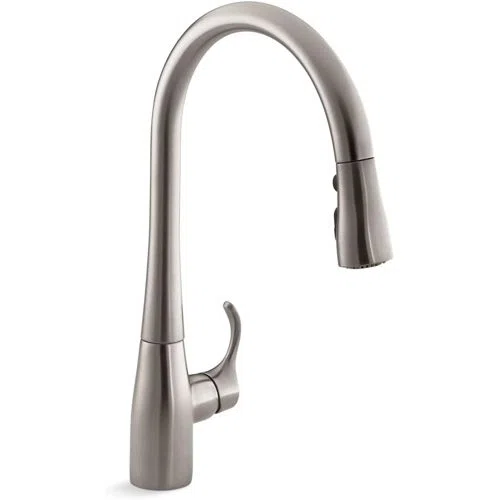



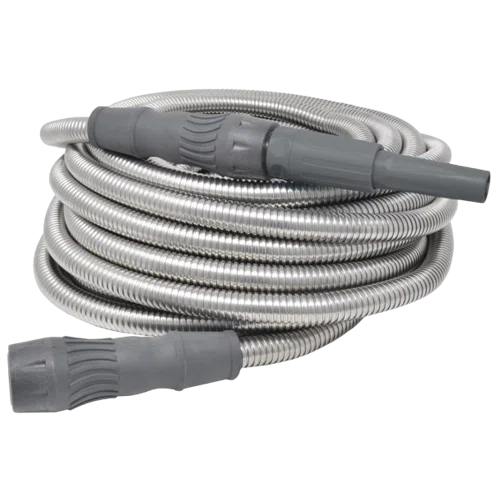 View deals
View deals


















































































